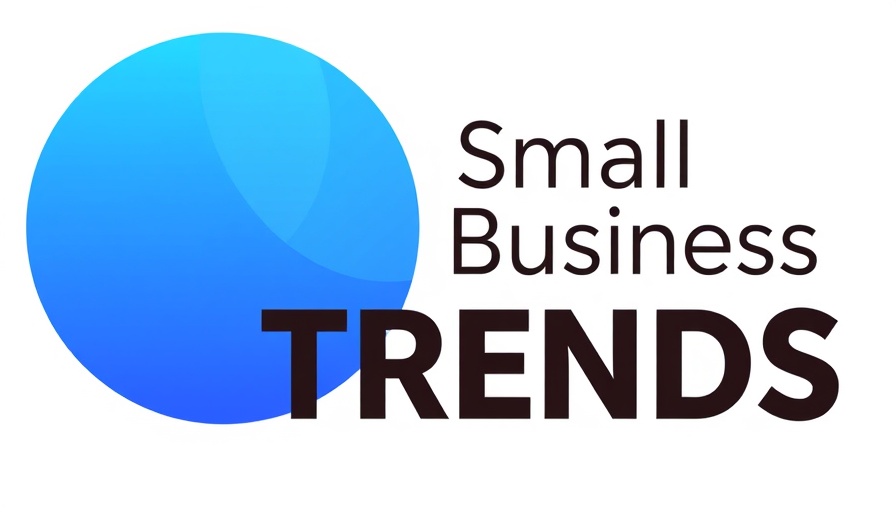
Meta's Game-Changer: AI Video Editing for Everyone
In an age where digital content reigns supreme, Meta has launched an innovative generative AI video editing feature with the potential to transform the creative landscape for everyday users. This new capability, now accessible via the Meta AI app, the Meta.AI website, and the Edits app, empowers users to harness the power of AI without needing prior video editing experience.
Unleashing Creativity with User-Friendly Tools
Imagine uploading a simple 10-second video clip and transforming it into a captivating visual masterpiece with just a few clicks. Meta’s AI tool offers more than 50 preset prompts that allow users to alter specific elements of their videos, ranging from clothing style changes to enchanting lighting effects. Whether you're keen to convert your video character into a cartoon or create a dreamy background, the possibilities are nearly endless. This accessibility is particularly significant for small business owners and aspiring creators who may lack the resources available to large media companies.
Collaboration with Creators: A Seamless Experience
In its mission to enhance user experience, Meta collaborated closely with creators to develop these AI prompts that resonate well with various content niches. This thoughtful approach ensures that the AI editing tool not only meets technical quality standards but also appeals to the creative desires of its users. As users experiment with different editing styles, they can easily share their revamped videos across Meta’s platforms, including Facebook and Instagram, fostering a vibrant community of content sharing and collaboration.
The Future of Video Editing: Customization and Innovation
Looking ahead, Meta plans to introduce a groundbreaking update that will allow creators to use their own custom text prompts to tailor their video editing experience further. This level of personalization represents a significant evolution in how users think about video creation, enabling a deeper connection to their artistic process and providing tools to effectively convey their unique voice.
The Historical Context of AI in Media Creation
Meta's latest venture builds on its history of advanced AI-driven media generation technologies, including prior tools such as Make-A-Scene and Llama Image. These earlier models established a strong foundation upon which this consumer-focused tool is structured. By capitalizing on previous research and advancements, Meta is not merely launching a product—it's evolving the landscape of media production, setting new industry standards for accessibility and creativity.
Why This Matters for Everyday Creators
The introduction of such a feature is highly relevant in today’s digital age, where content creation can be a significant driver of personal brand and business growth. For everyday creators, having access to professional-grade editing tools without the associated costs simplifies the barrier to entry in media creation. The ability to craft high-quality content not only enhances one's online presence but also promotes engagement among followers, driving potential sales for businesses.
Potential Challenges and Misconceptions
While these advancements are promising, it’s essential to recognize some challenges and misconceptions surrounding AI video editing. Some may wonder if AI can truly capture the nuances of human creativity, or if it leads to homogenized content. As with any tool, the outcomes depend significantly on the user’s varying levels of creativity and intent. Therefore, while AI editing tools can enhance capabilities, they should be viewed as accompaniments to—rather than replacements for—human creativity.
The Importance of Staying Ahead of Trends
With platforms like Meta constantly evolving, being attuned to these tools and trends is vital for anyone in the creative sectors. The AI video editing feature exemplifies how technological advancements not only democratize creativity but also challenge creators to adapt and innovate in their approach. By embracing new technologies, content creators can stay relevant and continue to cultivate audiences that appreciate unique, high-quality content.
Conclusion: Embrace the Future of Video Creation
As we move forward into an era defined by rapid technological advancements, leveraging available tools like Meta's AI video editing feature could be the key to unlocking creative potential. For those ready to harness these innovations, the possibilities are expansive. Whether you're a small business owner looking to enhance your marketing strategy or a weekend creator seeking to express your artistic talents, Meta's new feature offers an exciting avenue to explore. Start experimenting and elevate your content today!
 Add Row
Add Row  Add
Add 



Write A Comment